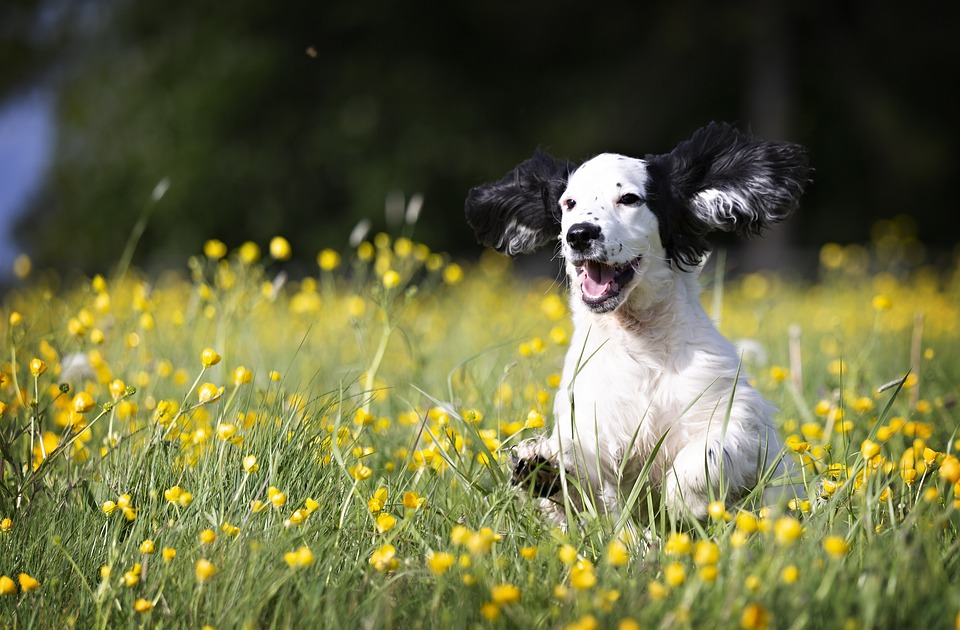In conclusion, the science behind dog scent detection training is a fascinating field that allows us to better understand and utilize the incredible sense of smell that dogs possess. Their olfactory system, including their anatomy and specialized receptors, plays a crucial role in their ability to detect and distinguish various odors. Scent training, which involves positive reinforcement and imprinting odors in the dog’s memory, allows them to become proficient in detecting specific scents.
Dogs detect odors by being able to identify individual odor molecules, understanding the concept of odor plumes and air currents, and recognizing the importance of scent concentration and volatility. Additionally, certain breeds have exceptional scent detection abilities due to their genetics and selective breeding, while a dog’s snout length and shape can also influence their scent detection capabilities.
There are some limitations to a dog’s scent detection abilities, including environmental factors and individual variations in sensitivity and aptitude. However, ongoing research suggests that dogs can detect diseases and medical conditions through scent, opening up possibilities for early disease detection and medical assistance.
Overall, the science behind dog scent detection training highlights the incredible bond between humans and dogs, as well as the potential applications of scent detection in various fields such as search and rescue, narcotics detection, and medical diagnosis. As we continue to uncover the mysteries of the canine olfactory system, we can further harness the amazing abilities of dogs and improve our understanding of their remarkable sense of smell.









